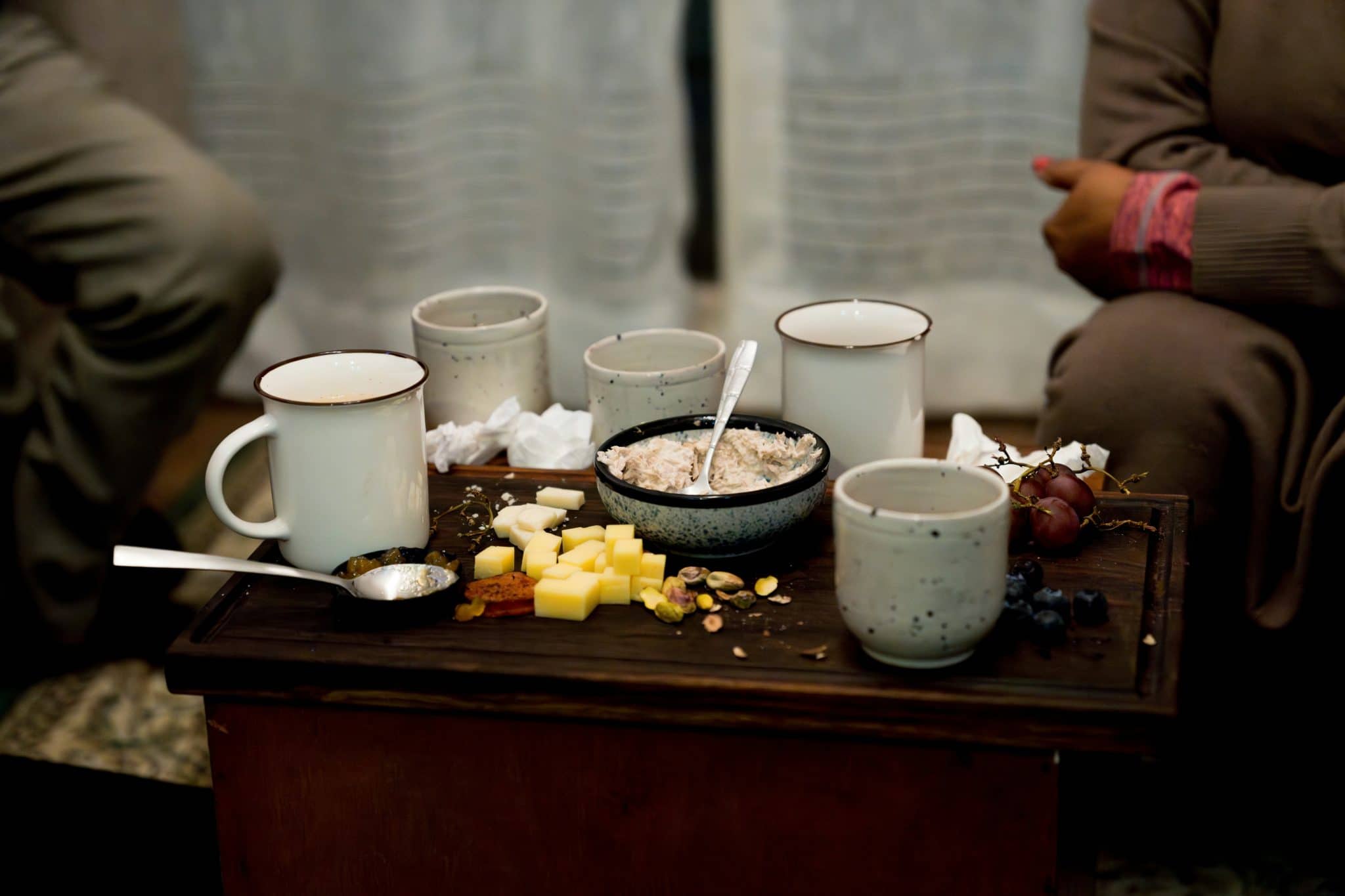Tea Ceremony Traditions From Around the World
The art of tea has been a cherished tradition for centuries, with different regions of the world developing their own unique tea ceremony customs and rituals. Each ceremony reflects the culture, history, and values of its people, making it more than just a simple drink, but a cultural experience. Let’s take a closer look at some fascinating tea ceremony traditions from around the world.
China: The Mother of Tea
China is the birthplace of tea and has a long history of tea ceremony rituals. One of the most famous ceremonies is the Gongfu tea ceremony, which emphasizes the skill and precision of the tea-making process. The ceremony is typically performed by a tea master who uses special tools and techniques to prepare and pour the tea.
The Art of Gongfu Tea Ceremony
The preparation of Gongfu tea requires extreme precision and attention to detail. The tea leaves are rinsed with hot water before being steeped in a small clay teapot. The first infusion of the tea is immediately poured out as it is believed to cleanse and awaken the tea leaves. The second infusion is used for tasting, with the tea being poured into tiny cups and served to guests with customary hand gestures and movements.
Japan: Simplicity and Tranquility
In contrast to the elaborate Gongfu ceremony, the Japanese tea ceremony, known as Chanoyu or Sado, focuses on simplicity and tranquility. Rooted in Zen Buddhism, the ceremony is seen as a form of meditation and aims to bring inner peace and harmony to the participants.
The Zen of Japanese Tea Ceremony
The Japanese tea ceremony is often performed in a traditional tea house, which is designed to create a sense of tranquility and simplicity. The tea master carefully prepares and serves the tea using a bamboo ladle and a whisk made of bamboo and silk. The guests are encouraged to appreciate every stage of the ceremony, from the design of the tea room to the smell and taste of the tea.
Morocco: The Heartwarming Mint Tea
In Morocco, tea is not just a beverage but a symbol of hospitality and friendship. The Moroccan tea ceremony involves the preparation and serving of sweetened mint tea, which is considered a national drink and a symbol of hospitality. The tea is served in traditional glasses and is poured from a great height, creating a foamy and aerated texture.
The Hospitality of Moroccan Tea Ceremony
In Morocco, the tea ceremony is a social event that gathers friends and family. The host usually serves sweet mint tea along with nuts, pastries, and other sweets. The tea is poured in a continuous stream from a Moroccan teapot with a long-spouted, creating a high-pitched sound. This tea ceremony is a symbol of warmth and generosity, and guests are encouraged to drink at least three cups of tea to show appreciation.
Russia: From Traditional Samovar to Summer Tea Party
In Russia, tea is not just a drink but a tradition deeply ingrained in the culture. The traditional Russian tea ceremony involves the use of a samovar, a metal container used to heat and boil water that is then poured over a concentrated tea mixture called “zavarka.” The tea is usually served in a glass and accompanied by a bowl of jam or honey.
The Summer Tea Party Tradition
In Russia, the summer tea party tradition is a popular way of entertaining guests. The host prepares a variety of tea, including fruit tea, iced tea, and herbal tea, and serves them with various snacks and desserts on a beautifully decorated table. The tea party is accompanied by lively conversations, games, and music, making it a joyful and social event.
The art of tea ceremony has evolved into various forms throughout history, with each culture adding its unique touch and symbolism to it. Whether it is the elaborate Gongfu tea ceremony in China, the tranquil Japanese tea ceremony, the hospitable Moroccan tea ceremony, or the traditional Russian tea party, the ritual of drinking tea brings people together and creates an atmosphere of harmony and connection.
So, next time you sip on your cup of tea, take a moment to appreciate the rich traditions and customs behind it. Cheers to a good cup of tea and the beautiful cultures it represents!










